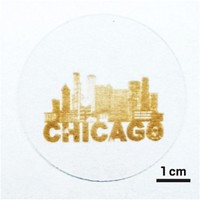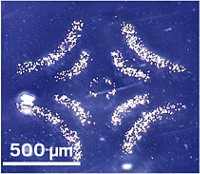Advertisement
Grab your lab coat. Let's get started
Welcome!
Welcome!
Create an account below to get 6 C&EN articles per month, receive newsletters and more - all free.
It seems this is your first time logging in online. Please enter the following information to continue.
As an ACS member you automatically get access to this site. All we need is few more details to create your reading experience.
Not you? Sign in with a different account.
Not you? Sign in with a different account.
ERROR 1
ERROR 1
ERROR 2
ERROR 2
ERROR 2
ERROR 2
ERROR 2
Password and Confirm password must match.
If you have an ACS member number, please enter it here so we can link this account to your membership. (optional)
ERROR 2
ACS values your privacy. By submitting your information, you are gaining access to C&EN and subscribing to our weekly newsletter. We use the information you provide to make your reading experience better, and we will never sell your data to third party members.
Materials
Extending The Reach Of 3-D Printing
Researchers print an entire quantum dot LED for the first time
by Matt Davenport
November 10, 2014
| A version of this story appeared in
Volume 92, Issue 45
Researchers led by Michael C. McAlpine of Princeton University have fabricated the first quantum dot light-emitting diodes (LEDs) built using only a three-dimensional printer (Nano Lett. 2014, DOI: 10.1021/nl5033292). Most 3-D printers are used to pattern plastics, metallic inks, and some biological materials, McAlpine says, but not fully printed semiconductor devices. To print an entire LED, the Princeton researchers had to make careful materials decisions. They created a suspension of CdSe-ZnS core-shell quantum dots using a mixture of toluene and dichlorobenzene as the solvent. Their formulation allowed the dots to settle more uniformly as the ink dried, instead of pinning the nanostructures near droplet edges. By stacking a layer of quantum dots on top of printed conductive polymers and between metallic contacts—one of which was printed using a Ga-In liquid metal—the team was able to transport electric current to the luminescent structures. To demonstrate the technique’s flexibility, they printed LEDs in cubic 3-D arrays and atop curved contact lenses. McAlpine hopes these devices are a first step toward using 3-D printing to create fully functional electronic, photonic, and perhaps even bionic devices. “That’s what I’m most excited about,” he says.





Join the conversation
Contact the reporter
Submit a Letter to the Editor for publication
Engage with us on Twitter